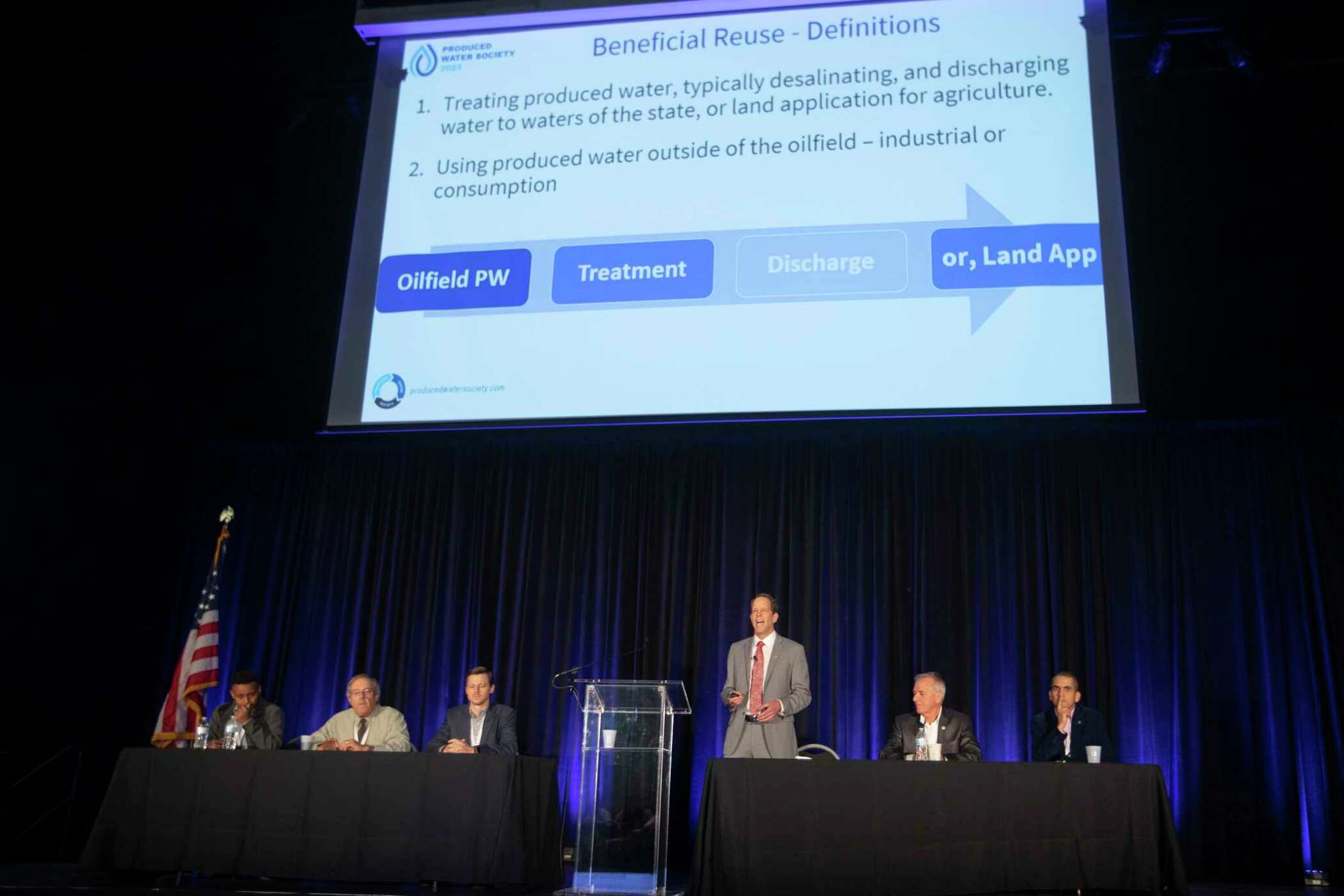How The New EB-5 Law Stimulates Investments In Rural Areas
Roberto Contreras is a former EB5 investor and the CEO of Houston EB5, an award winning EB5 visa firm that has helped over 1,400 immigrants.

Passed by U.S. Congress in 2022, the EB-5 Reform and Integrity Act—also known as the RIA—provides significant incentives to investors making investments in “rural areas,” which are defined as locations outside of a metropolitan statistical area (MSA) having a permanent population of less than 20,000 people.
The RIA was led by a bipartisan effort from two senators hailing from rural U.S. states, Patrick Leahy, D-Vt., and Chuck Grassley, R-Iowa. They determined too much EB-5 capital was being concentrated in major metropolitan areas, with which immigrant investors are more familiar, and not enough benefitted rural areas.
With this substantial change in EB-5 legislation comes opportunities for investors in rural areas. One of the most obvious benefits of investing in a rural area is the minimum investment amount being $800,000 as opposed to the new standard minimum of $1,050,000. However, given that investors’ main goal is often a speedy path to U.S. residency, the most significant new advantages a rural investment can offer are priority processing and set-aside visas.
Priority Processing
The RIA calls for investors who apply through projects in rural areas to have their application processed as a priority over investors who apply through projects located within an MSA. The new law also states that the goal is to get priority qualifying I-526 (conditional green card) petitions adjudicated within 120 days for projects in rural areas and 240 days for nonpriority projects in MSAs.
These times should be taken with a grain of salt; the target stated in the new law vastly differs from the current times stated by the agency charged with processing EB-5 applications, the United States Citizenship and Immigration Services (USCIS). The USCIS’s average for 2022 was 47.5 months. As I noted in a separate article, there is reason to hope I-526 processing times for typical non-rural projects will eventually fall back to their historical average of about two years. Therefore, it would be reasonable to assume that a priority processing case could take about one year since the stated delta between what is in the law and what is in the USCIS website are both close to a 1-to-2 ratio (120 days vs. 240 days and 29 months vs. 62 months, respectively).
Visa Set-Asides—A Breath Of Hope For India- And China-Born Petitioners
Each year, the U.S. government allots 10,000 U.S. immigrant visas to be issued through the EB-5 program. This is not many visas when you consider that, on average, each investor is bringing two to three family members with them. So, what happens when the USCIS issues all of the EB-5 visas for any given year? The simple answer is that a backlog is created and investors with an EB-5 visa approval have to wait until the next year to receive their visa at the consulate.
To ensure investors from all countries can benefit from the program, and to stop one or two countries from consuming all of the visas on any given year, the number of EB-5 visas allotted to each country is capped at 7% of available visas per year. This has been good news for investors born in any country besides India and China. The current USCIS bulletin shows backlogs for China and India at 3/22/15 and 11/8/19, respectively. Only investors with an approval before those posted dates are eligible to get a green card issued. All other countries read “C,” or current, which means they can schedule an appointment to get their green cards issued as soon as their initial petition is approved.
The RIA diminishes the delays for any backlogged countries by setting aside 20% of all EB-5 visas for new investors in rural areas. This means investors from India and China can skip the line if they invest in a project offering set-aside visas, like projects in rural areas.
It should be noted a backlog could eventually occur for rural area petitions, so India- and China-born investors should look to proceed quickly. For offerors who have a potential project in a rural area, you would be wise to center fundraising efforts on investors from these specific countries, as I expect they stand to benefit the greatest. This, of course, does not mean investors from other countries would not be interested.
Other Considerations
EB-5 project offerors (known as “regional centers”) are rapidly partnering with developers to generate capital for new rural EB-5 projects. (Disclaimer: My company is one of these regional centers.) This presents good timing, as rural opportunities in manufacturing, mining (including energy) and real estate industries have seen a sharp increase following the onslaught of Covid-19. A high interest rate environment has also bolstered the case for alternative financing like EB-5.
Achieving a faster EB-5 processing time is possible now thanks to the new law passed by the U.S. Congress. However, faster doesn’t always mean better. Investors should not turn a blind eye to risky projects simply because they have priority processing. Since the EB-5 program is a hybrid immigration-investment vehicle, investors must also weigh the benefits and risks associated with each project. Oftentimes, rural projects can be more costly to construct due to the logistics involved in transferring materials and labor across hundreds of miles and difficult terrain. In order to justify the higher construction costs, rural projects typically charge higher rents, sales or rates to ensure the project will cover costs and be profitable.
Also, by definition of the word, rural areas generally have less demand or people than inner cities, so investors should contemplate whether a project is truly filling an unmet demand and can sustain its costs, or if it’s saturating the market.
Unfortunately, the EB-5 industry has been tainted by bad actors in the past. However, thanks to the RIA, the program has a renewed sense of integrity, vigor and standards. It is my belief that now is the best time to begin one’s EB-5 journey due to new investor protections, priority-processing projects and routes for investors to obtain residency in one of the quickest immigration vehicles.
— Roberto Contreras —
Roberto Contreras is a former EB5 investor and the CEO of Houston EB5, an award winning EB5 visa firm that has helped over 1,400 immigrants. Read Roberto Contreras’ full executive profile here.
 contact@eb5southwest.com
contact@eb5southwest.com












